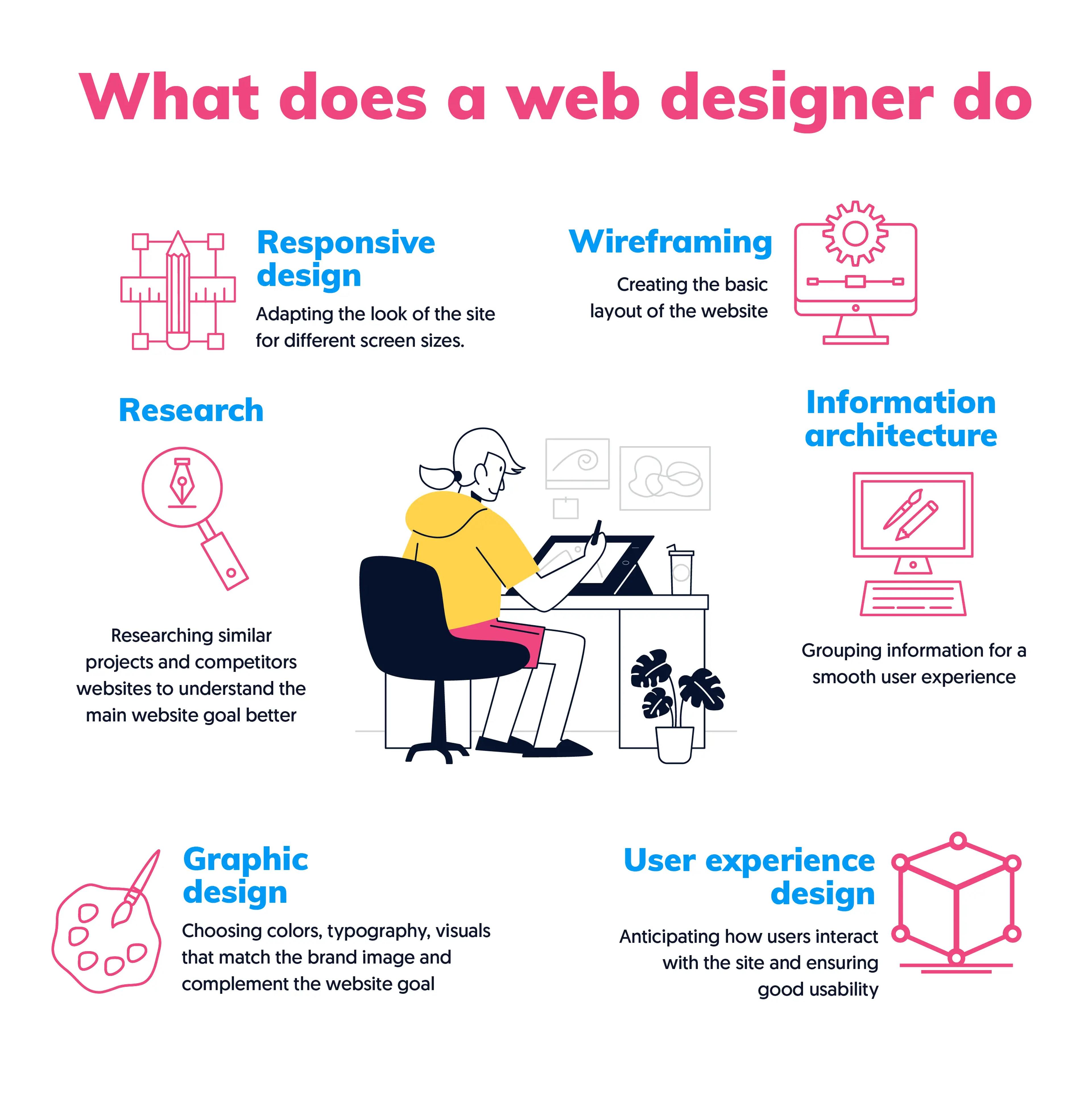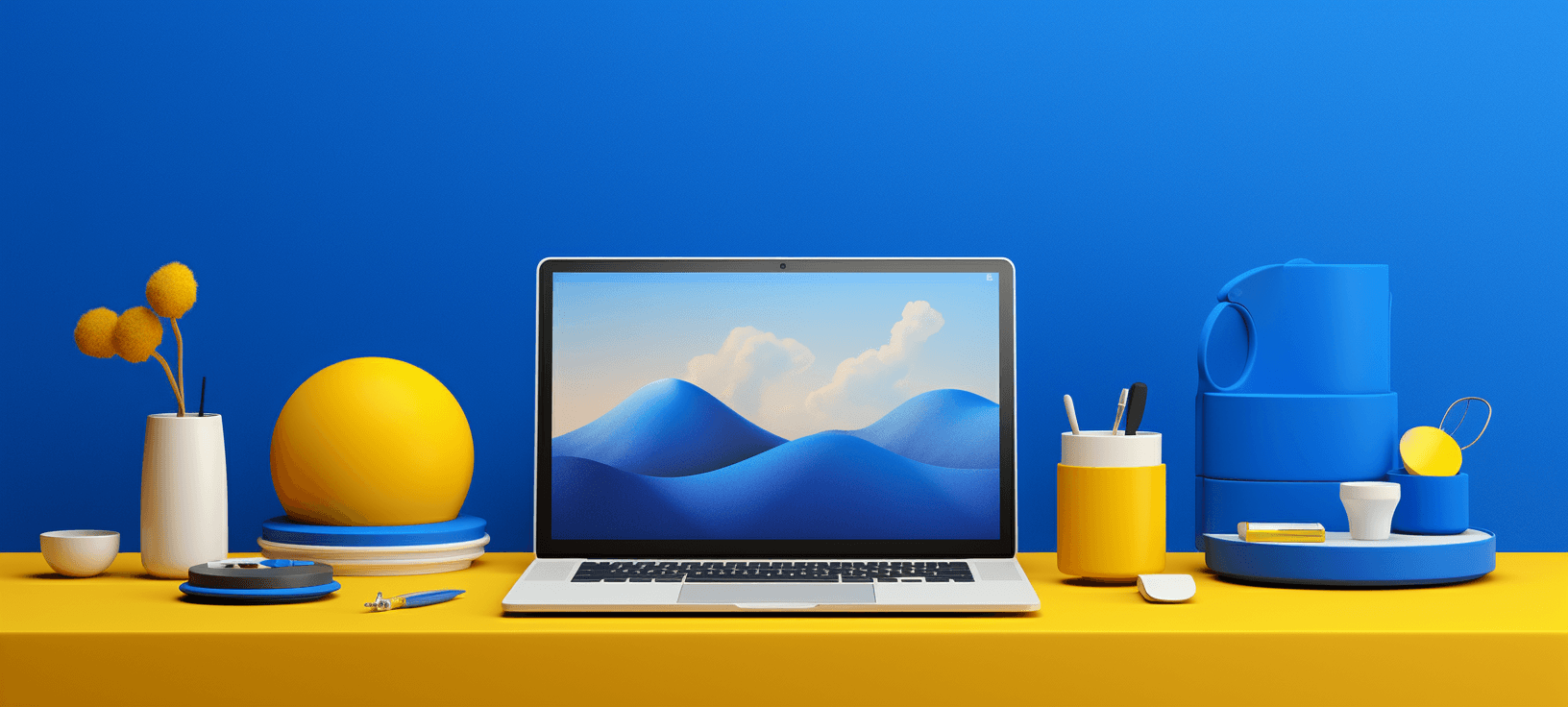Las Vegas SEO Firm Specializing in Local and National Campaigns
Las Vegas SEO Firm Specializing in Local and National Campaigns
Blog Article
Innovative Internet Style Solutions for Modern and Engaging Websites
In the realm of internet style, the search of modern-day and appealing services has come to be progressively crucial for services aiming to capture individual interest. By incorporating bold shade systems, interactive elements, and receptive formats, developers can create experiences that not just resonate with individuals but additionally boost brand name identification.
Embracing Vibrant Color Pattern
In internet layout, the tactical use vibrant color design can significantly improve user interaction and brand name identification. By using vivid colors, developers can produce visually striking web sites that catch attention and foster an unforgettable experience. An appropriate shade combination not just mirrors a company's values but also stimulates specific emotions that can affect individual habits.
Bold shades can be employed to lead individuals' attention to vital elements such as contact us to activity, boosting conversion prices. Utilizing contrasting shades for buttons and web links can make these components stand out, triggering users to engage even more conveniently. Moreover, a cohesive color design throughout the web site enhances brand acknowledgment, creating a feeling of experience and trust fund among site visitors.
However, it is important to balance vibrant colors with sufficient white room to stay clear of frustrating individuals. Efficient use typography likewise complements vibrant shades, making certain readability while preserving aesthetic appeal. Inevitably, welcoming bold color pattern in website design not only raises aesthetic quality however likewise plays an indispensable role in achieving calculated company goals, making it a vital consideration for modern-day internet growth.

Utilizing Interactive Elements
Interactive aspects are vital in modern-day website design, as they considerably enhance customer interaction and create a much more dynamic browsing experience. By incorporating features such as computer animations, hover results, and clickable aspects, websites can encourage individuals to discover web content better and return for future gos to.

Micro-interactions, such as refined computer animations when a button is clicked or a form is submitted, can additionally enhance the user experience by supplying instant comments. These little details can make the web site really feel more receptive and to life, cultivating a feeling of link in between individuals and the website.
Moreover, gamification components, such as incentives for finishing particular activities, can inspire users to involve with the material extra deeply. By attentively incorporating these interactive elements, web designers can develop a memorable and interesting online experience that reverberates with users and urges them to return.
Carrying Out Responsive Layout
Implementing receptive layout is important in today's multi-device landscape, making certain that sites supply an ideal watching experience across various display sizes. As individuals significantly access the internet through mobile phones, tablet computers, and desktops, a one-size-fits-all technique is no longer viable. Responsive style enables smooth navigation and interaction, adapting format and content to fit the gadget being utilized.
Trick concepts of responsive design consist of fluid grids, flexible photos, and media important link questions. Fluid grids make use of relative units, such as percents, instead of taken care of pixels, allowing elements to resize proportionately. Adaptable photos range within their containing elements, avoiding overflow and keeping aesthetic honesty. Media questions help with the application of various styles based on the device's characteristics, such as size, height, or resolution, enabling designers to tailor the individual experience efficiently.
Additionally, responsive style enhances SEO performance, as online search engine favor mobile-friendly sites. By executing responsive design, businesses not just boost individual satisfaction and interaction yet likewise raise their reach in a competitive digital landscape. As modern technology remains to evolve, adopting receptive design has become a fundamental technique for any kind of modern and appealing website.
Integrating Multimedia Content
Multimedia material plays a crucial duty in developing engaging and dynamic web experiences that record individuals' focus and boost understanding. By integrating text, pictures, audio, and video clip, internet sites can provide a richer story that attract numerous discovering designs and preferences. This integration not only boosts customer interaction however likewise aids in conveying intricate ideas succinctly.
Integrating premium images and infographics can separate textual web content, making it a lot more absorbable. Likewise, video tutorials and discussions can supply thorough understandings that fixed web content may not completely communicate. Audio aspects, such as podcasts or background music, can additionally boost the ambience of an internet site, creating an extra immersive experience.
Additionally, the calculated use multimedia can boost SEO performance, as search engines prefer varied content types, raising exposure. It is critical to make sure that multimedia view it elements do not impede web page tons times, as this can lead to individual disappointment. By stabilizing multimedia combination with efficiency considerations, web developers can create aesthetically enticing and functional internet sites that resonate my link with customers, cultivating a much deeper connection and motivating return brows through.
Prioritizing Individual Experience

To accomplish an ideal customer experience, designers must concentrate on several vital concepts. Responsive style is essential; sites must adjust effortlessly to numerous gadgets and display dimensions. This accessibility makes certain that individuals can engage with material no matter their selected system. Secondly, quality in design and hierarchy is crucial. Clear calls to action, readable typography, and organized material overview customers, decreasing cognitive load.
Eventually, prioritizing UX not just boosts individual fulfillment however also drives engagement and conversion rates, making it a critical component of modern web design techniques. By putting users at the center of layout initiatives, web sites can develop lasting, positive impressions that motivate return brows through.
Final Thought
To conclude, modern internet design solutions that emphasize strong color design, interactive elements, receptive style, and multimedia content considerably boost customer involvement and fulfillment. Focusing on user experience through clear formats and constant feedback further adds to enhanced conversion rates. By embracing these approaches, websites can properly captivate site visitors and enhance brand name identity, inevitably resulting in a much more vibrant and appealing on-line existence. The combination of these style concepts is vital for attaining contemporary web layout objectives.
Report this page